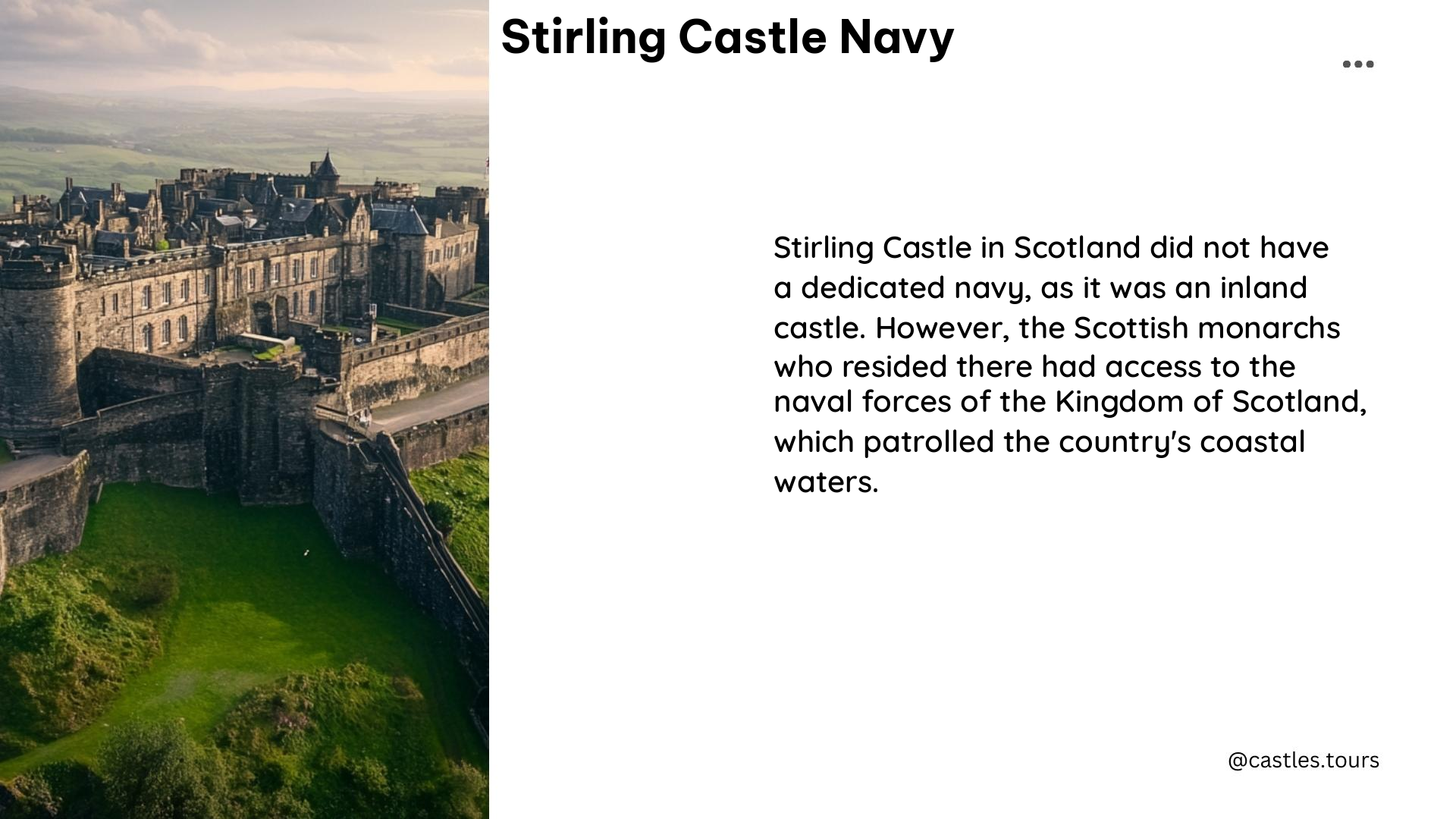The RFA Stirling Castle is a state-of-the-art mine countermeasures support vessel commissioned in 2023 by the UK Ministry of Defence. This versatile ship is designed to play a crucial role in protecting offshore subsea infrastructure by deploying autonomous minehunting systems. Let’s delve into the key features, capabilities, and operational history of this remarkable vessel.
Key Features and Capabilities of the Stirling Castle Navy

Autonomous Minehunting Systems
The primary function of the RFA Stirling Castle is to serve as a trials platform for Mine Countermeasures Maritime Autonomous Systems (MCM MAS). This means the ship is equipped with the latest drone and unmanned vessel technologies, allowing it to detect, identify, and neutralize underwater mines without putting human lives at risk.
Mothership Role
The Stirling Castle is designed to act as an offshore forward operating base, supporting the deployment and recovery of autonomous minehunting systems. This makes it an invaluable asset in maintaining the security of critical offshore infrastructure, such as oil and gas platforms, wind farms, and subsea cables.
Crane and Helipad
The ship features a powerful crane with a safe working load of 10 tonnes at a 34-meter radius and 5 tonnes at a 40-meter radius. This allows the Stirling Castle to efficiently launch and recover the autonomous systems it carries. Additionally, the ship is equipped with a helipad, further enhancing its operational capabilities.
Crew and Accommodation
The RFA Stirling Castle has a crew of 27 RFA officers and personnel, with the ability to accommodate up to 100 people. The living spaces are designed to a high standard, with comfortable two-berth cabins, a cafeteria, and recreation areas, ensuring the crew’s well-being during extended deployments.
Manning Model
The Stirling Castle operates on a unique “one ship – two crews” model, where two crews rotate every two months. This approach ensures that the crew members are thoroughly familiar with the platform and have a strong sense of ownership, which is crucial for the effective operation of this specialized vessel.
Operational History of the Stirling Castle Navy

Initial Trials
In July 2023, the RFA Stirling Castle conducted its first trials with three of the Royal Navy’s autonomous vessels: Apollo, Hydra, and Hazard. These trials were a crucial step in evaluating the ship’s ability to support and coordinate the deployment of these cutting-edge minehunting systems.
Sea Training
From January to March 2024, the Stirling Castle undertook additional operational sea training in preparation for its work with the Mine and Threat Exploitation Group at the Clyde naval base. This training ensured that the crew was fully prepared to handle the vessel’s specialized equipment and systems.
Formal Commissioning
In April 2024, the RFA Stirling Castle formally entered service with the Royal Fleet Auxiliary in a ceremony attended by Prince Edward, Duke of Edinburgh. This marked a significant milestone in the UK’s efforts to enhance its mine countermeasures capabilities and protect critical offshore infrastructure.
